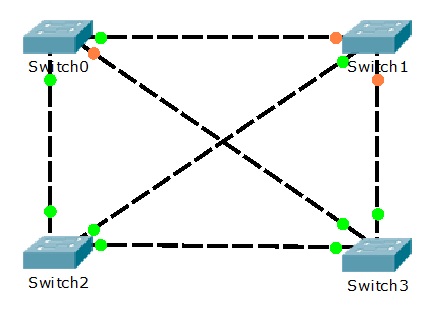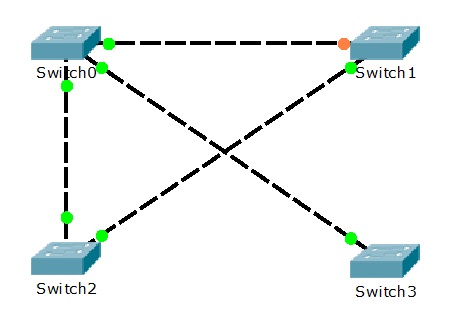WHAT IS MESH TOPOLOGY ?
A network setup where each computer and network device is interconnected with one another, allowing for most transmissions to be distributed, even if one of the connections go down. This topology is not commonly used for most computer networks as it is difficult and expensive to have redundant connection to every computer. However, this topology is commonly used for wireless networks. Below is a visual example of a simple computer setup on a network using a mesh topology. Flooding or routing technique is used in mesh topology. Types of Mesh Network topologies:
1)Full Mesh Topology
In this, like a true mesh, each component is connected to every other component. Even after considering the redundancy factor and cost of this network, its main advantage is that the network traffic can be redirected to other nodes if one of the nodes goes down. Full mesh topology is used only for backbone networks.
2) Partial Mesh Topology
This is far more practical as compared to full mesh topology. Here, some of the systems are connected in similar fashion as in mesh topology while rests of the systems are only connected to 1 or 2 devices. It can be said that in partial mesh, the workstations are ‘indirectly’ connected to other devices. This one is less costly and also reduces redundancy.
Advantages of Mesh topology
- Eliminates traffic problems in links sharing.
- If one link becomes unusable, it does not incapacitate the entire system. Thus, act as robust.
- It has privacy and security.
- Point-to-point link make fault identification and fault isolation easy.
Disadvantages of Mesh topology
- There are high chances of redundancy in many of the network connections.
- Overall cost of this network is way too high as compared to other network topologies.
- Set-up and maintenance of this topology is very difficult. Even administration of the network is tough.
Thanks, If you like this tutorial please share this article to your friends in FB, Twitter,




